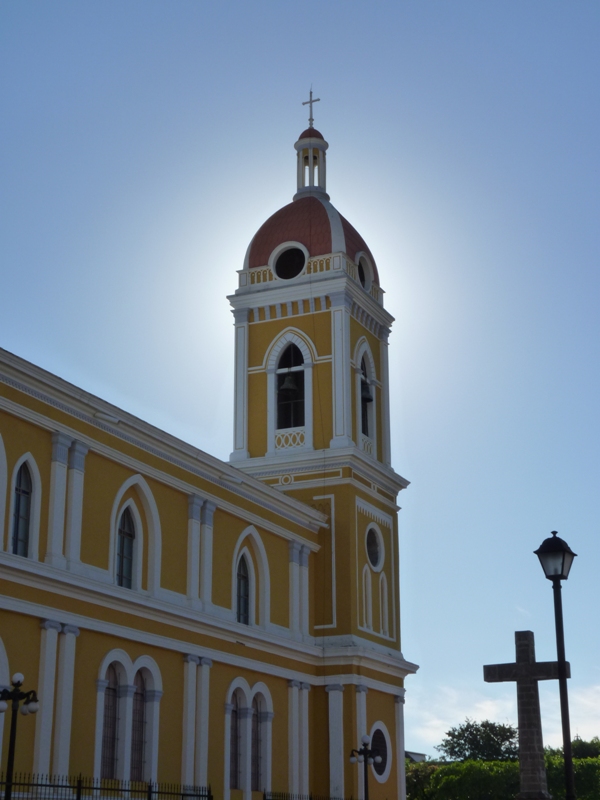
Granada is our next stop, in Nicaragua.
This city as a particular charm as it has been for a while the capital of the country, and it’s without doubt a colonial city.
Like honey attracts bees, the city is full of the usual mix of American tourists, expensive tour operators, medicine new age and handcraft made by neo-hippies.
It’s also a gaming city, with a lot of play room (we tried it, but eventually lost money without understanding the purpose of the game).
Napping the city is a giant cloud of flying insect, as dense as rain sometimes. Hundred of birds eat it.
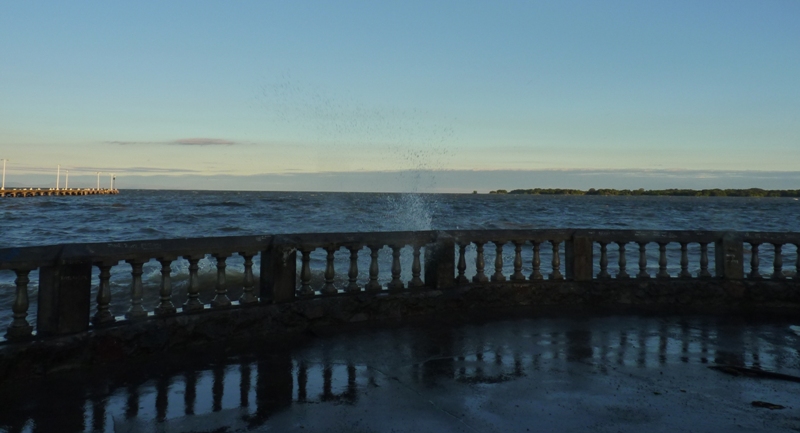
Exceptionally here is a little bio-darwinist story:
The city is settled next to the second biggest fresh-water lake in the continent.
Before it was a lake it was a part of the Pacific ocean. Some volcanoes grew up very fast, and soon the ocean was a lake. The water lost its salinity rapidly.
The point is that as the aquatic life was from the ocean, it had to adapt very fast, and so we can encounter fresh water shark and former salt water fishes in the lake.
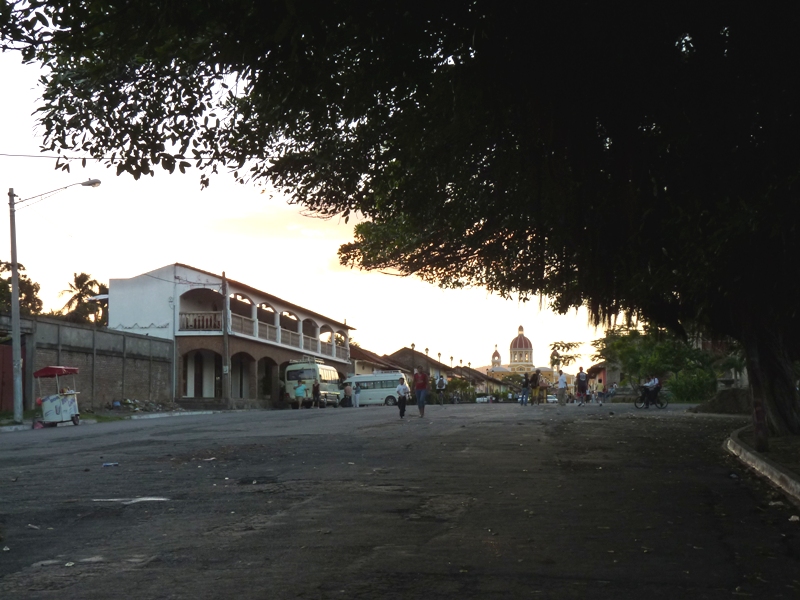
Finally, Granada has a very interesting museum about Indian pottery from the surroundings.
Here is the one which interested us the most (picture above).
It’s a funerary urn, but the decoration symbolize a women belly, a womb, and the serpent symbolize the semen. Of course 1500 years bc they couldn’t know they were so close of the reality.
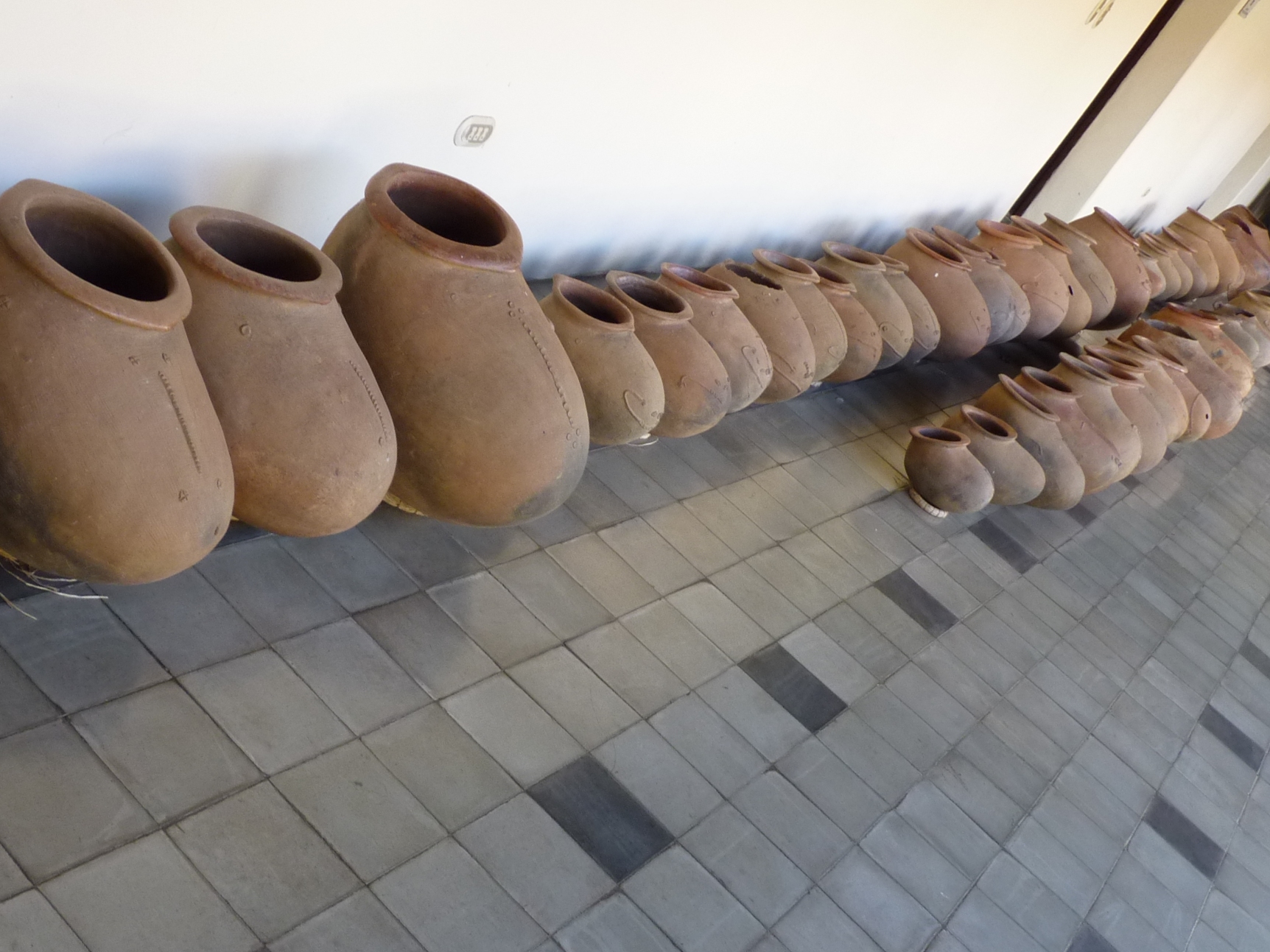
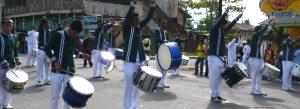
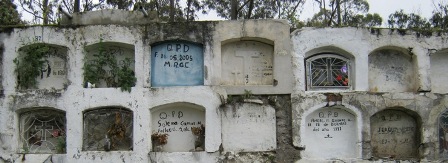
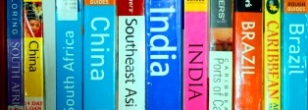


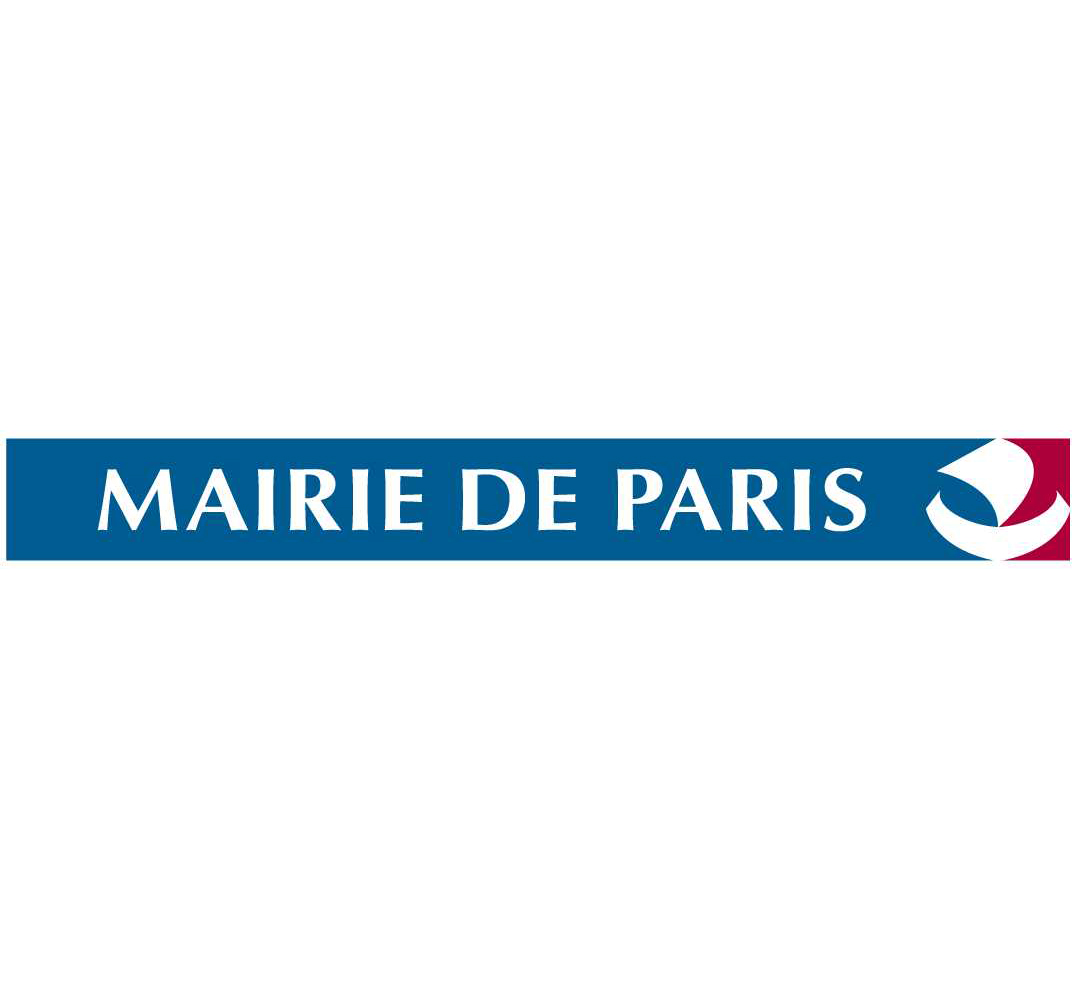




Les requins dont tu parles sont les requins bouledogue (tout un programme) qui ressemblent aux requins tigre par leur alimentation (= absolument tout !) et aux grands blancs par leur agressivité : attaques du genre “dents de la mer” (1, 2, 3 et les autres…)
Un must chez les biologistes par leur adaptation aux très fortes variations de salinité (un vrai casse-tête osmotique). Vous avez la grande chance d’avoir cotoyé leur seul site de reproduction ! Petits veinards ! En fait votre vraie chance est de leur avoir échappé !
Bisous rassurés !